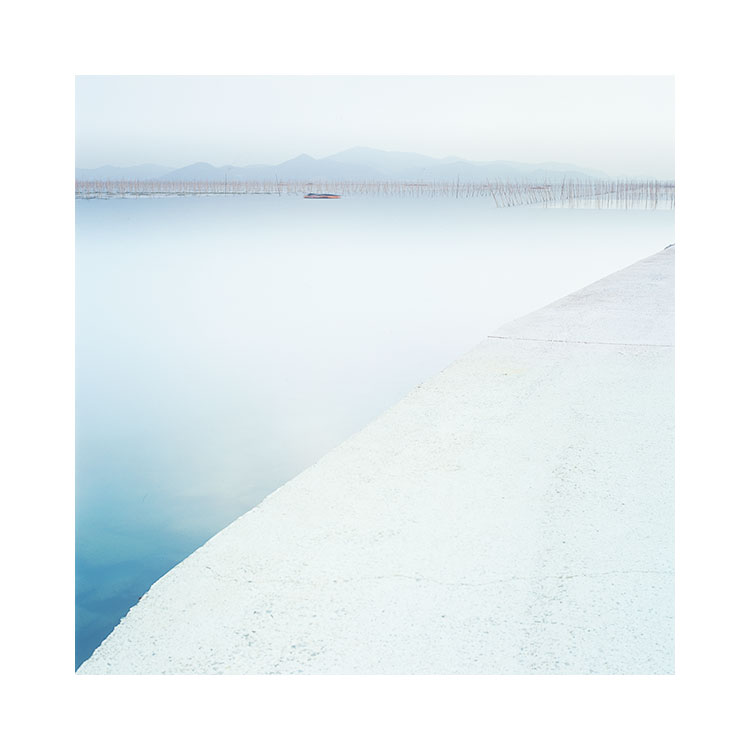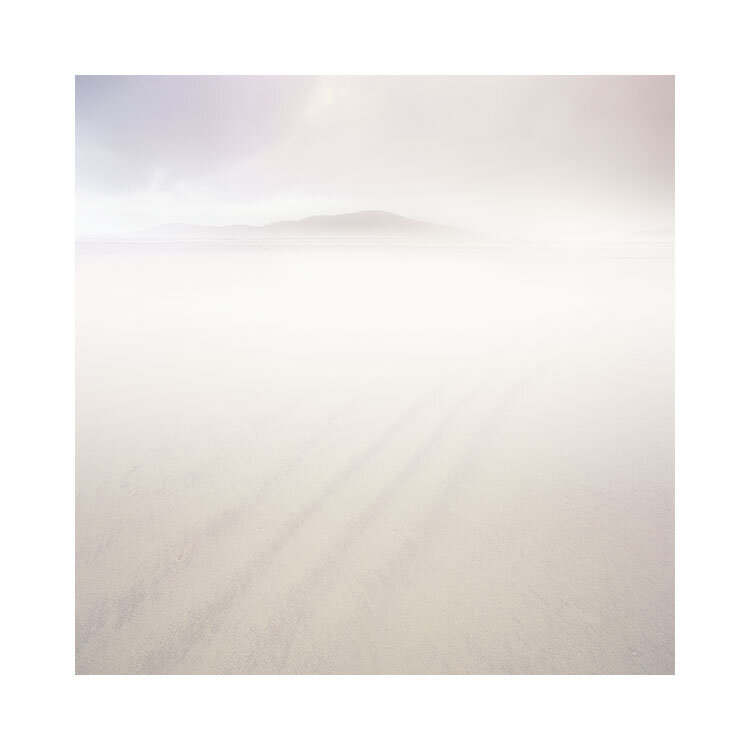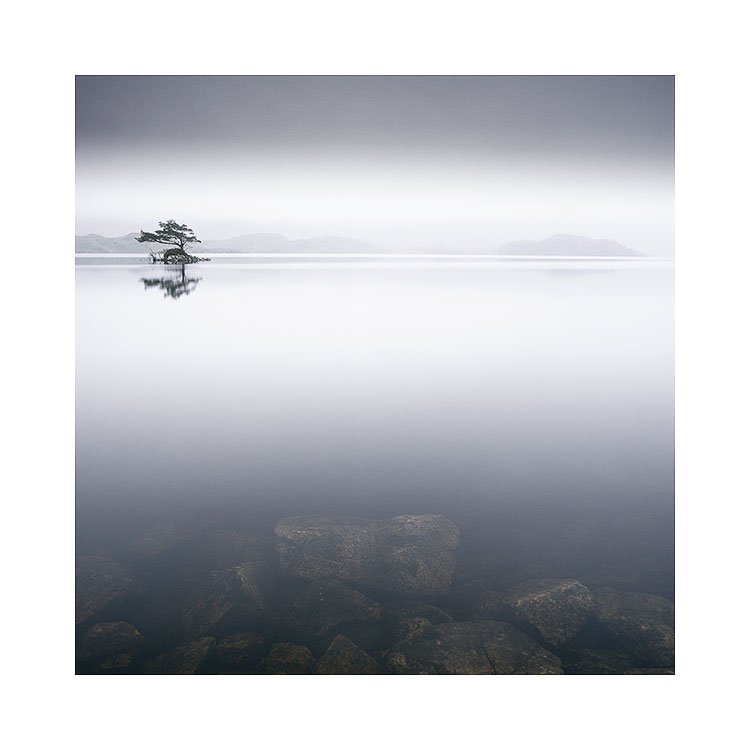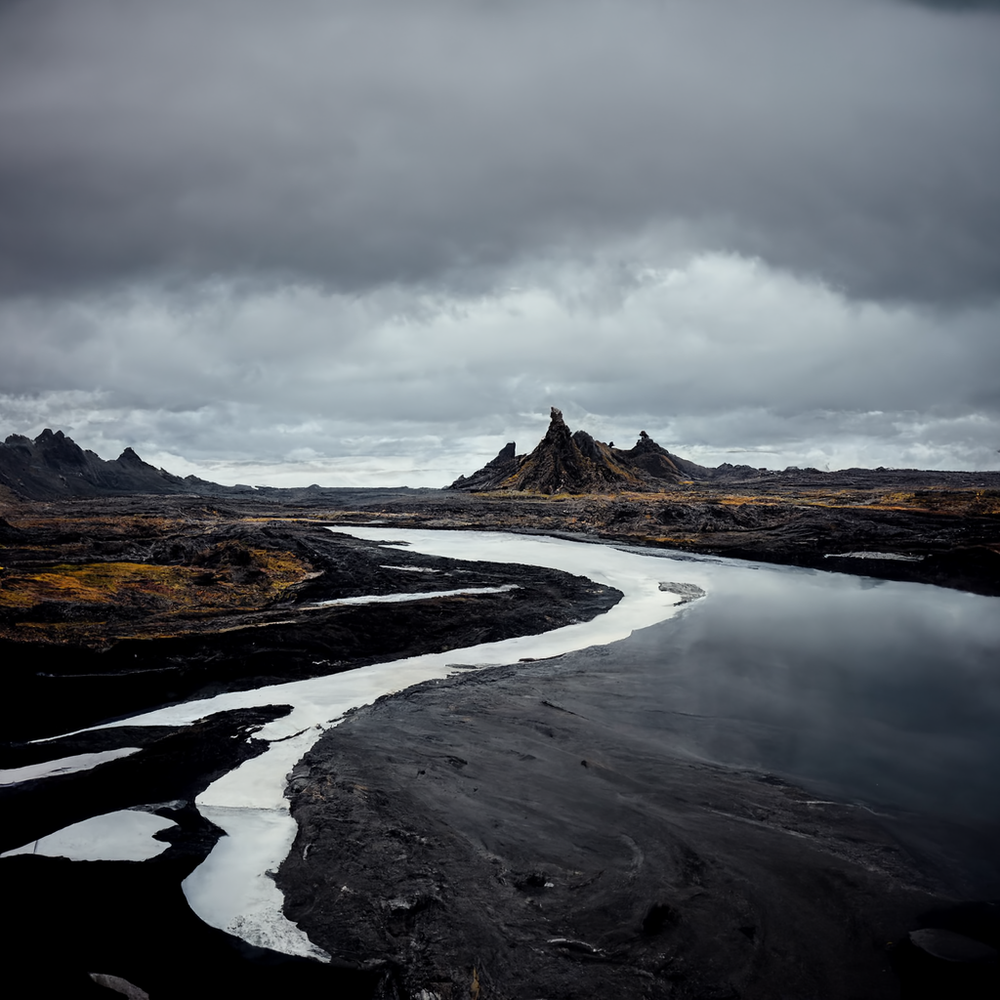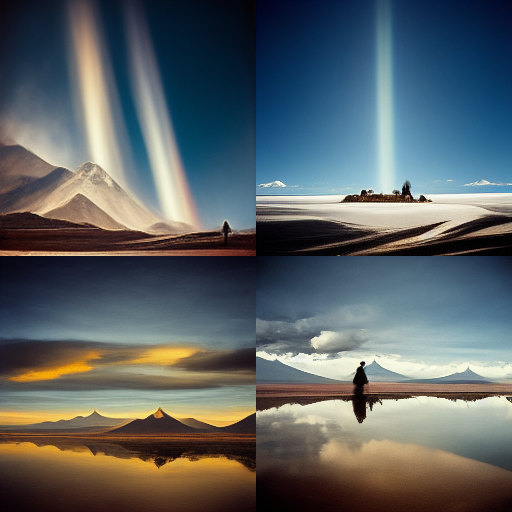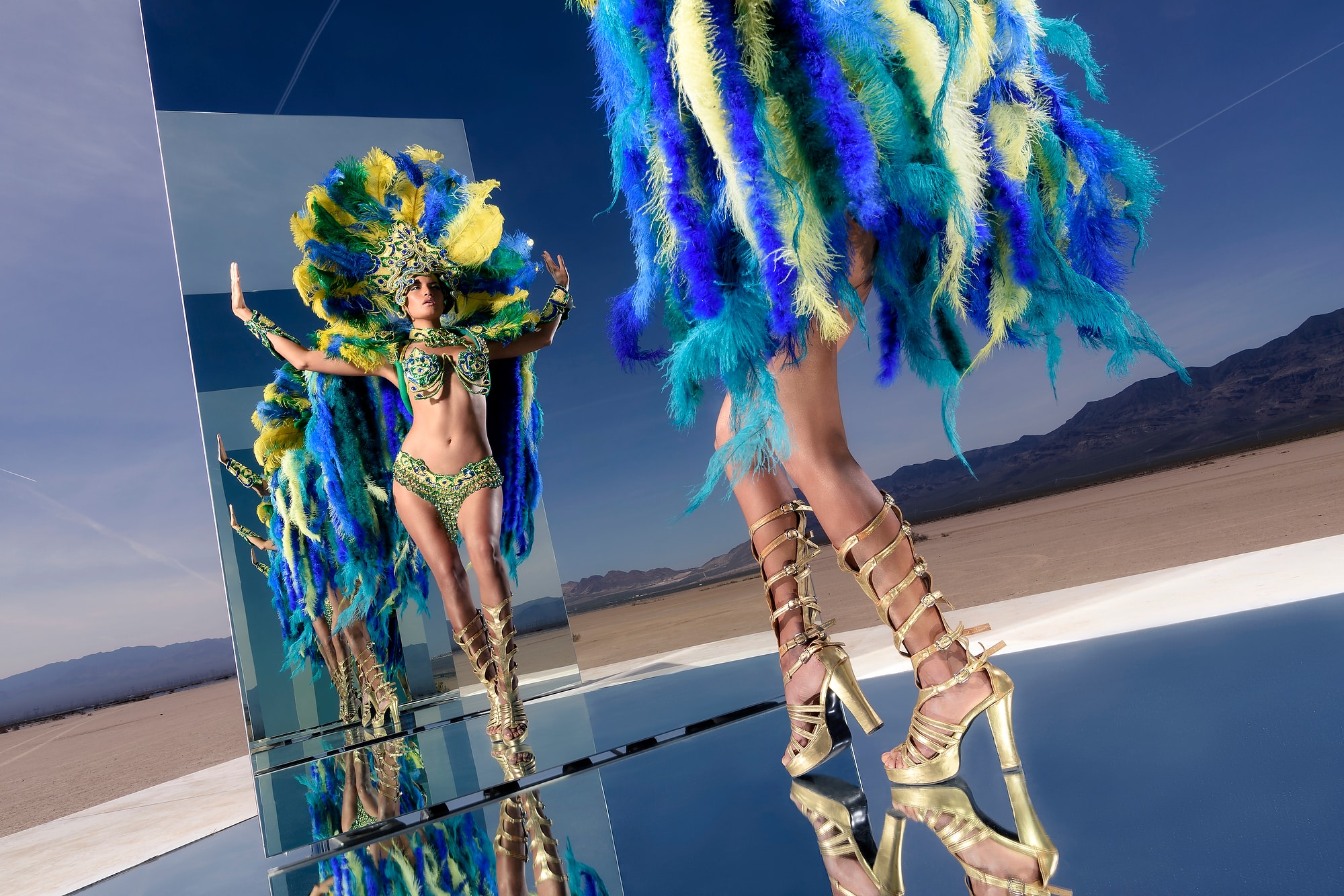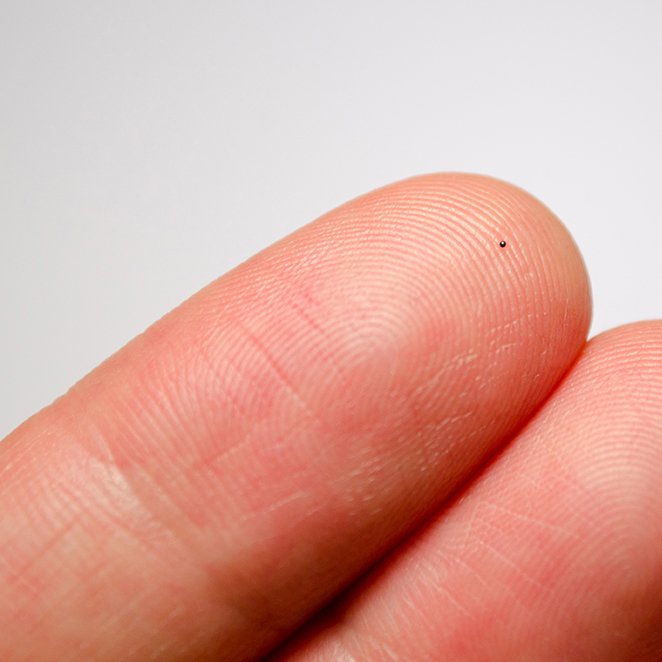Photographers
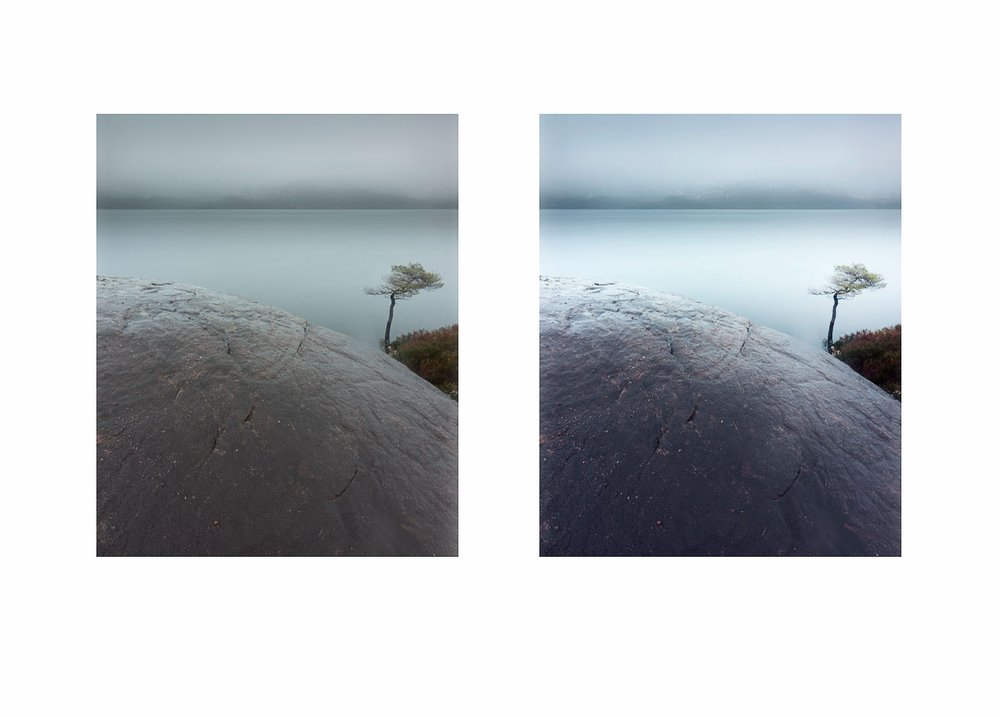
Editing on an uncalibrated system
The Art of Adventure - Bruce PercyThis past April, I ran my Digital Darkroom class. We had snow, rain, fog, and just about everything else weather wise. I have a little place on the edge of Loch Maree that I use for compositions, and to get some material for the class.
Anyway, during the class, I work on one of the best digital projectors - a Canon Xeed. But I always find that although its shadow detail is quite good, it’s nowhere near the blacks that one can get out of a well calibrated monitor.

Richard McDonald and I made the image above. The left hand side one is the image that was edited during the class, and the right-hand edit is the same image ‘colour corrected, and graded’ on a calibrated screen at home.
I am always fascinated that an image I feel is ‘finished’, can in fact, turn out to be unfinished. I have this problem with my own work, which is why I like to let it sit for a while. The human eye is capable of lying to us. It is highly adaptable and will ‘remove’ colour casts, and also convince us that the luminance values in the image are sufficient, when in fact we may be only half way there.
Each time I do my own edits, I like to open them up and compare them with work that I know has the correct luminance. In audio mixing, sound engineers will often compare the mix of a song they are working on against a song that is already published and mixed well. It will show discrepancies in their mixing.
For me, I often find that my eye tells me things are bright enough when I may only be around 75% towards absolute white.
I think the revised edit of Richard’s image is much better. But I know I couldn’t have done it on the uncalibrated system - which is why getting your screen calibrated is vitally important, but also, I know I couldn’t have corrected it so soon to the initial edit. By leaving it for a while, I have been able to note that there was a distinct green cast to the image, and that its luminance values were a little on the muddy side.
—
Oh, one last thing: note however that even though I was working on an uncalibrated system, the luminance relationships between each of the objects within the frame are intact in the original image. I did not need to do any drastic adjustments in the corrected version. I find this very interesting. It tells me that I got the relationships correct, even though I could not determine the true blacks and whites of the actual image.



